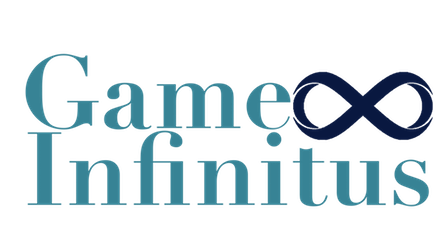The development and release of Tekken 8 have been highly anticipated, particularly because Tekken 7 embraced a live service model that significantly extended its lifespan. This approach not only contributed to the longevity of Tekken 7 but also kept the eSports scene vibrant until the end of its cycle. Given Bandai Namco’s commendable handling of Tekken 7, the excitement surrounding Tekken 8 has been palpable. The launch of Tekken 8 became a notable event in the gaming community, leading many to wonder if the long wait would ultimately prove worthwhile.
Tekken 8 has positioned itself as a standout title in the current generation of fighting games, offering an abundance of content for both single-player and online multiplayer modes. It represents a significant advancement from Tekken 7, which faced several challenges at launch, including subpar netcode, noticeable input lag, and optimization issues on consoles.
Contrary to its predecessor, Tekken 8 excels in delivering a comprehensive gaming experience. The game is rich in single-player content, marking the return of the beloved Tekken Ball mode and featuring a story mode that explores the ongoing rivalry between Kazuya and Jin. Additionally, an Arcade Quest mode is designed to enhance players’ skills. The inclusion of character-specific stories, complete with pre-rendered cinematics, is a rare and impressive feat in modern fighting games. With a roster of 32 fighters available at launch, creating such detailed content for each character was no small feat.
Tekken 8 introduces significant changes to its gameplay mechanics, building on the solid foundation laid by Tekken 7 but steering the series in a new direction. After resolving its initial issues through post-launch updates, Tekken 7 was celebrated for its gameplay; however, Tekken 8 opts for a departure from its predecessor’s more methodical, slow-paced combat. The introduction of the Heat gauge system ushers in a shift towards a more aggressive fighting style, encouraging players to adopt a more offensive stance in battles.
The Heat gauge is a pivotal new feature that begins each round fully charged. It can be activated through special heat moves or a simple button press if a shortcut is set, initiating a depleting bar. This mechanic allows players to apply pressure with specific moves, leading to chip damage that can be crucial, particularly when the opponent is at low health. While this system promotes aggressiveness, it doesn’t render defense obsolete. On the contrary, defense remains a critical aspect of Tekken 8, especially in high-level play where understanding and countering your opponent’s move set, including the plus and negative frames, is essential.
Moreover, Tekken 8 retains elements like parry counters and grabs, enabling players to breach their opponent’s defenses. The Heat gauge not only facilitates more dynamic and stylish combos but also integrates with other mechanics such as wall bounce and stage-specific wall or floor breaks. These additions contribute to a game that is rich in strategic depth and variety, offering numerous possibilities for engaging an opponent. Consequently, while Tekken 8 may present a steep learning curve for newcomers, it also offers a deeply rewarding experience for those willing to delve into its complex and nuanced combat system. The game’s evolution reflects a balance between aggression and defense, maintaining the series’ core while introducing fresh elements that enhance its appeal and challenge.
The story mode in Tekken 8 stands as a remarkable achievement within the series, commencing immediately after the events of Tekken 7. For those not fully acquainted with the Tekken saga, the game thoughtfully includes a recap of all previous entries, ensuring that players can catch up on the storyline.
The narrative thrust of Tekken 8 is launched with a dramatic cinematic battle between Jin and Kazuya, setting the tone for a story rich with cinematic moments interspersed with gameplay. These cinematics, often bridged by quick-time events, immerse players directly into the unfolding action, making them feel integral to the story’s progression.
Structured across various chapters, the story mode offers a concise yet impactful experience, likely to be completed within a few hours. Without delving into specific spoilers, the storyline elevates the King of Iron Fist theme to unprecedented heights, culminating in an epic finale that is sure to delight fans of the franchise.
Beyond the story mode, Tekken 8 expands its single-player offerings with the Arcade Quest mode, particularly recommended for newcomers. This mode not only introduces players to the game’s fundamentals but also places their avatar on a quest to dominate Tekken 8, serving as both a practical tutorial and a clever meta-commentary on the game itself.
Tekken Ball mode offers an enjoyable diversion, ideal for engaging with friends. Its mechanics, reminiscent of beach volleyball but infused with the combat elements of Tekken, create a playful yet competitive atmosphere suitable for all skill levels. Each hit of the ball, charged by the fighters’ moves, becomes a strategic element that can lead to victory or defeat based on players’ actions.
Additionally, the character story mode, covering all 32 fighters, provides a wealth of narrative content. The endings, often humorous, add depth and personality to each character, enriching the overall game experience. This mode was so compelling that it became my first focus, even before diving into the main story.
[penci_review]






